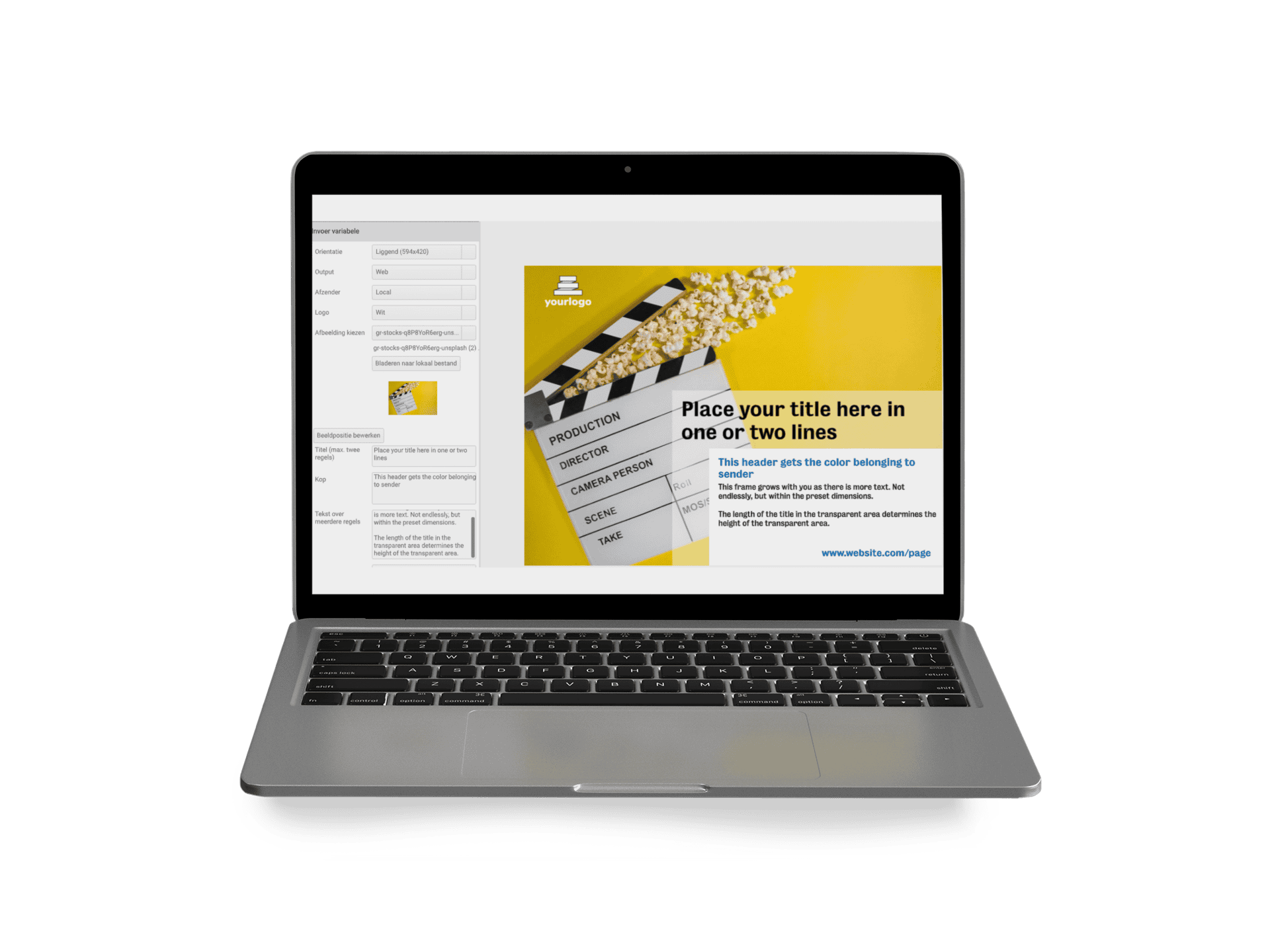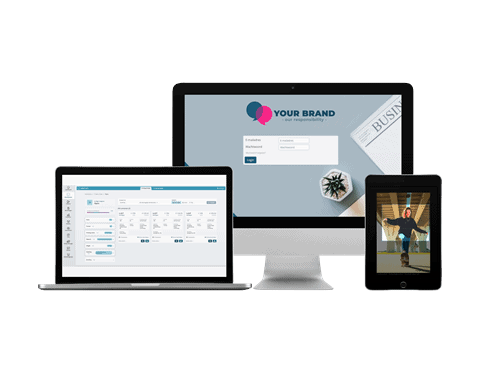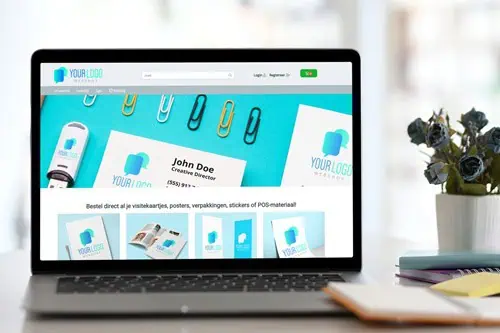The Brand Portal Explained
A brand portal is a central online platform where you can access all brand guidelines, logos, templates, and marketing assets in one organized place. It ensures that teams and partners always work with the correct brand standards.
In this blog, you’ll learn what a brand portal is, why more and more organizations are adopting one, and how it integrates with other tools such as a DAM system (Digital Asset Management).
Why Organizations Choose a Brand Portal
More and more organizations work with multiple teams, partners, agencies, and locations. This makes it challenging to maintain consistent brand application across all touchpoints. A brand portal provides the solution.
Everyone works according to the same brand guidelines
No loose PDFs with style guides, no outdated logos in Dropbox, and no mixed-up versions being used. A brand portal creates one single source of truth.
Fewer ad-hoc questions for the marketing team
With a brand portal, colleagues and partners can find everything on their own. That saves both time and frustration.
Faster collaboration with agencies and partners
Everyone can access the same guidelines and assets in one place, making collaboration more efficient.

A stronger, more recognizable brand
The more consistently a brand is applied, the more professional and recognizable the organization appears.
What can you find in a brand portal?
Although every brand portal is structured differently, most portals contain the same types of content:
- Brand Guidelines
- Digital Asset Management (DAM) / Media Library
- Templates & Smart Editing
- User Management & Roles & Permissions
- Workflows & Approvals
- Order Portal / Webshop for Branded or Marketing Materials
- Integrations & Connections with Other Systems
- Analytics & Reporting
- Multi-Brand / Multi-Market Support
Who is a brand portal for?
A brand portal is used by internal teams, agencies, partners, dealers, franchisees, and international teams.
Brand Portal vs. DAM System
A brand portal helps everyone use the brand correctly with the right assets, templates, and ordering guidelines.
A DAM system manages all digital files behind the scenes—storing, organizing, versioning, permissions, and access.
In many organizations, a brand portal is integrated with a DAM: the DAM serves as the “back-office” for management, while the brand portal acts as the “front-office” for usage and distribution.
The benefits of a brand portal at a glance
A brand portal delivers immediate benefits, such as fewer errors, faster production, and a more professional brand presence.
- Always the right, up-to-date assets
- Fewer mistakes in brand usage
- Faster content production
- Clear and accessible brand guidelines
- Reduced workload for the marketing team
- A professional and consistent brand appearance
- Better collaboration with teams and partners
- A central place for all brand and marketing materials
- Control over versions and outdated files
- Time and cost savings

When does your organization need a brand portal?
Here are the 10 most common signs worldwide that an organization is ready for a brand portal:
- Inconsistent branding:
logos, colors, and fonts differ per department - Frequent file requests:
“Can you send me the logo again?” - Scattered storage
(Drive, SharePoint, WeTransfer, Dropbox, local drives) - Teams or locations create their own versions of the brand
- External agencies use old or incorrect materials
- No control over which asset versions are in circulation
- Time wasted searching for files
- No overview of what people use or download
- Difficult collaboration between teams, countries, or franchises
- Brand damage caused by incorrect use of logos or visuals

Would you like to try the brand portal yourself?
A brand portal helps organizations manage their brand in a consistent and scalable way. It prevents mistakes, speeds up collaboration, and supports growth.
Want to see how this works for your situation? Request a free demo of the Prindustry Brand Portal!











